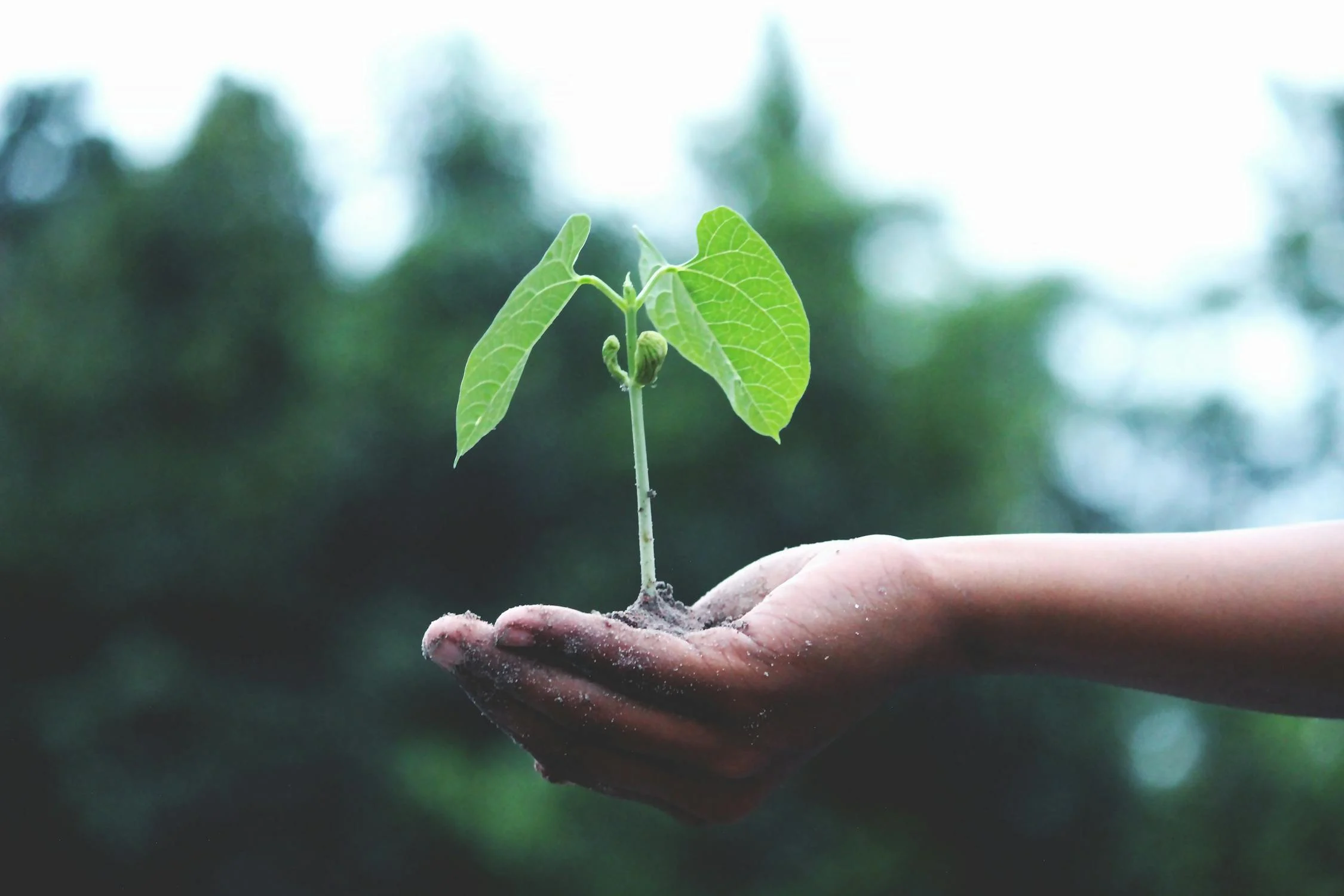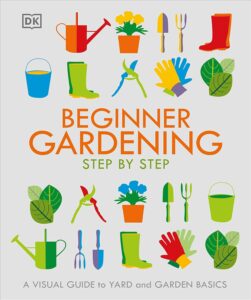
Cultivating Sustainability: The Art and Science of Sustainable Gardening

We are living in a time when environmental consciousness is at the forefront of many minds. Sustainable gardening practices have emerged as a vital aspect of modern horticulture. Sustainable gardening goes beyond just growing plants; it encompasses a holistic approach that minimizes negative environmental impacts. And at the same time, it’s maximizing the benefits of gardening for both people and the planet.
Understanding Sustainable Gardening
At its core, sustainable gardening is about working with nature rather than against it. It involves using resources wisely, reducing waste, and fostering biodiversity. By adopting sustainable practices, gardeners can create vibrant & healthy landscapes. Landscapes that will support local ecosystems and contribute to the well-being of the environment.
Key Principles of Sustainable Gardening
- Soil Health: Healthy soil is the foundation of a sustainable garden. Instead of relying on synthetic fertilizers and pesticides that can harm soil organisms and disrupt microbial balance, sustainable gardeners focus on building healthy soil through organic amendments, composting, and mulching. By nurturing the soil, gardeners can enhance plant growth, improve water retention, and sequester carbon dioxide from the atmosphere.
- Water Conservation: Water is a precious resource, and sustainable gardeners strive to minimize water usage through efficient irrigation methods, rainwater harvesting, and drought-tolerant plant selection. Techniques such as drip irrigation and mulching help to reduce water waste and promote efficient water distribution to plant roots, leading to healthier plants and lower water bills.
- Biodiversity: Embracing biodiversity is essential for creating resilient ecosystems in the garden. Sustainable gardeners incorporate native plants, which are adapted to local conditions and provide habitat and food for native wildlife. By promoting biodiversity, gardeners can attract pollinators, beneficial insects, and birds, while also reducing the need for chemical pesticides and fertilizers.
- Energy Efficiency: Sustainable gardening practices extend beyond the garden itself to include considerations for energy use. By choosing manual tools over gas-powered equipment, utilizing renewable energy sources such as solar-powered lighting, and designing landscapes that optimize natural light and shade, gardeners can minimize their carbon footprint and reduce reliance on fossil fuels.
- Waste Reduction: From kitchen scraps to garden clippings, organic waste can be repurposed through composting, vermiculture, or mulching. By recycling organic matter back into the garden, gardeners can enrich the soil, improve soil structure, and reduce the amount of waste sent to landfills. Additionally, sustainable gardeners strive to minimize plastic usage by opting for reusable containers, compostable materials, and eco-friendly alternatives.
Practical Tips for Sustainable Gardening
- Start small: Begin with a manageable plot and gradually expand as your confidence and skills grow.
- Choose native plants: Select plants that are well-suited to your local climate and soil conditions, reducing the need for supplemental water and maintenance.
- Practice integrated pest management (IPM): Use a combination of cultural, mechanical, and biological control methods to manage pests and diseases without resorting to chemical pesticides.
- Support pollinators: Plant a diverse array of flowering plants to attract bees, butterflies, and other pollinators, providing essential habitat and food sources.
- Educate and inspire: Share your knowledge and passion for sustainable gardening with others in your community, encouraging them to adopt eco-friendly practices in their own gardens.





